Introduction
Poets are the unacknowledged legislators of the world.
~ Percy Bysshe Shelley, English Romantic poet
An Urgent Call
This book is an urgent call for creativity in our Selves, our economy, our society, and our culture.
Western culture is built on creative freedom, but today that freedom has diminished in Europe and is under attack in the United States. As we will see in the course of this book, the loss of that creativity would pose threats to us on many levels: individually, we can be either passive consumers or active creators; economically, we can compete by lowering the cost of labor, or by creating new technologies, goods, and services; socially, we can live in the past or create the future; and most importantly, culturally we can keep alive in the West a moral and creative center in the heart of each individual, or we can surrender that rolethat responsibilitythat resides in each of us.
You might wonder, why would creativity be under attack? Isnt creativity an unquestioned good? But as we will see in this book, a particular form of creativity that I am calling Visionary Creativity can be a serious challenge to the status quo; it has the potential to bring forth new worlds, but in doing so it can also destroy old worlds. Those who remain attached to old worlds are not interested in seeing them destroyed.
Visionary Creativity is a particular type of creativity that is paradigm shifting in its essence. It changes the rules of the game and in this sense it is very different from ordinary, everyday creativity. It is the type of creativity that we associate with figures like Vincent van Gogh, Igor Stravinsky, Albert Einstein, Elvis Presley, J. K. Rowling, and Steve Jobs. It not only created the great works of art, science, technology, and industry of the past, it is at work at this very moment creating our emerging world as we move deeper into the twenty-first century.
Why is Creativity Important?
Lets start by asking two questions and seeing how the answers to them merge: What do we admire in others and aspire to in ourselves? And what do we wish for our society? We might at first be tempted to answer that we admire in others and aspire to in ourselves health, wealth, power, beauty. Perhaps. But what about going beyond these things for a truly fulfilling life? Then we might say that we want engagement with the world, influence over it, and recognition for our accomplishments. In other words, we want a life of creativity.
And for our society? These are times of social, technological, and economic turmoil. Our old institutions are in distress and new ones to replace them are struggling to be born. We are cut adrift in almost every aspect of our lives, shorn of frames of reference, decentered in a world of change. But times of change can also provide opportunities for creativity, and we are becoming aware of new possibilities in our arts, sciences, technologies, institutions, and industries.
So looking at our own lives as well as our social problems, we see that both call out for creativity. We are creative creatures who flourish best in the pursuit of our creativity, and it is precisely in creativity that we will find not only fulfillment for ourselves, but also the visions that our world needs. Hence the title of this book: Visionary Creativity . What exactly, then, do we mean by Visionary Creativity?
Visionary Creativity: Creating New Worlds
Although creativity is vital to ourselves and our society, and although there is an outpouring of books on the subject, creativity remains poorly understood. There are in fact two kinds of creativity: Ordinary creativity, for example preparing a well-conceived meal, drafting a legal brief, or writing an episode of a sitcom; and the kind of creativity that we see in Albert Einsteins formulation of his theory of relativity or Salvador Dals painting of his melting watches. We have a tendency to say that the creativity of Einstein and Dal is like ordinary creativity, only more, but this is not correct. Einsteins relativity and Dals melting watches are examples of Visionary Creativity, a creativity that shatters old worlds and gives birth to new ones.
Lets look very briefly at Einstein and Dal. For Isaac Newton, space and time were absolute, uniform, and continuous, as though space were marked by a uniform grid and time by a universal clock. This was, of course, a notion in physics, but it was pervasive; space and time represented the stage on which all human action unfolded. We see this Newtonian stage in perspective painting with its implied grid converging at a vanishing point, and its figures captured in a moment frozen out of the continuous flow of time. But by the beginning of the twentieth century, that space and time were gone. In Einsteins relativity, space is dynamic, collapsing in on itself, and time is elastic, as conveyed by Dals melting watches.
The importance of this? Visionary Creatives like Einstein and Dal respond to the culture of their day, and at the same time they advance it into an emerging world, creating for us an entirely new stage on which we live our lives. This stage, as we call it in this book, presents us with the nature of our cosmos and our place in it, our newly formed circumstances, the possibilities of our relationships, and the means by which we might fulfill our potentials. It establishes the ways in which we can move about in our worldboth figuratively and literally.
Today we no longer live in Newtons world. But we also no longer live in the world of Einstein and Dal that world was born a hundred years ago. Today we live in a newly emerging world being built right now by our Visionary Creatives, a world of interconnected fractal networks that computationally generate themselves. Visionary Creatives, then, sweep away old worlds as they create new ones, and there is no guarantee we will prefer the new to the old. Visionary Creativity can be discomforting, even dangerous.
We might think of people as generally falling into several groups or combinations thereof in terms of temperament and ability: leaders , who organize, motivate, and command; nurturers , who care for others; producers , who make things; actives , who seek physical challenges; scholars who contemplate ideas; mystics , who experience transcendence; and somnambulists , who are content with feelings of wellbeing. And Visionary Creatives , bringers of the new, destroyers of the old. All are worthy. All can lead rich lives. But this is a book about Visionary Creatives and for those who seek to encourage them, or perhaps just admire them.

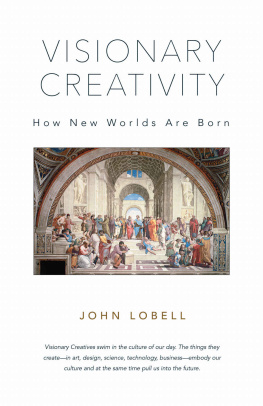
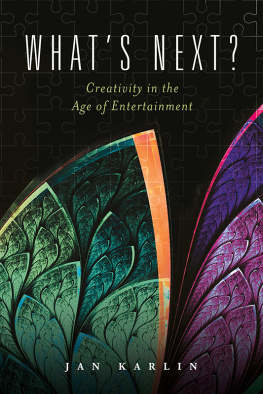
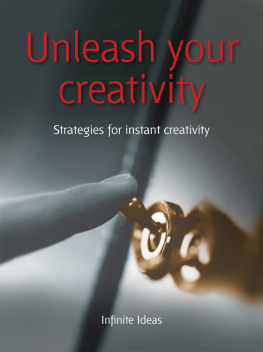
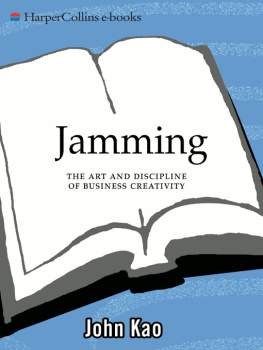
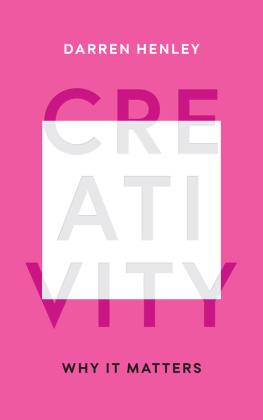


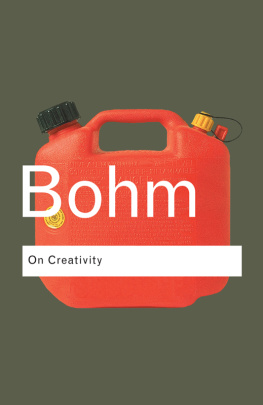
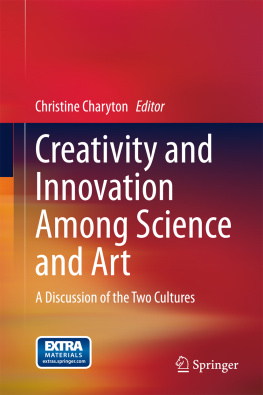
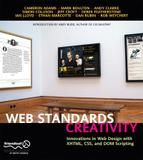


 Published by
Published by